The Hacienda Patrón Experience (Part 2)
The Patron Tequila making process has several steps.
1. AGAVE SELECTION: Patron has a long relationship with growers in Mexico. They always make sure they’re provided with the best agave available. Once agave is selected, a jimador (Mexican farmer who harvests agave) will strip the leaves, leaving the pina. (Core or center of agave.)
2. AGAVE COOKING: the pina is cut into smaller pieces and placed in small brick ovens to provide a balanced, more consistent, cooking process. It takes 79 hours per oven. In this process, agave turns to deep red color, and is ready to be crushed.
3. CRUSHING THE AGAVE: once the agave is cooked the tequila is crushed in two ways. 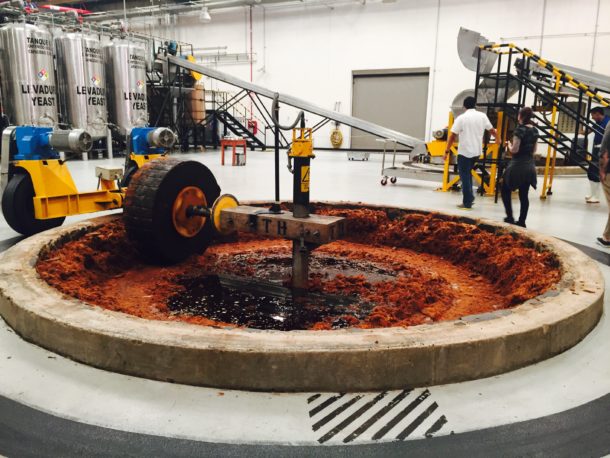
- Roller Mill machines squeeze the the cooked agave. This process separates the mosto (agave syrup) from the bagasse (agave fiber).
- Tahona Process crushes the agave plant by using a heavy volcanic stone Tahona wheel and stone mill. This process keeps the mosto with the bagasse. Patron is the largest Tahona tequila producer in the world. They have 10 tahonas working CONTINUOUSLY.

4. FERMENTATION: The agave juice is fermented for several days on wooden vats. The temperature of the juice rises as the yeast is converts the sugars into alcohol. Patron has their own proprietary yeast that they use. In the Roller Mill process, the mosto is fermented with the bagasse. In the Tahona process, the mosto and bagasse are fermented together.
5. DISTILLATION: in the roller mill process, the mosto is distilled in large custom copper pot stills. It goes through 2 distillations. Because it’s not distilled with the bagasse, it’s has a fruitier flavor. In the Tahona process, the bagasse is distilled with the mosto in the first distillation, but not the second. This creates a more herbaceous flavor. These custom made copper pot stills, produce unique distillates that become Patron Tequila.
Patron Silver is created by blending the second distillations for the roller mill process, and the Tahona process.
6. AGING: There are 5 categories for age in the tequila process.
- Silver/Young – has not been aged.
- Gold – can be aged or unaged, or a blend. PATRON does not produce gold.
- Reposado – (rested) means it has been aged 2-11 months.
- Añejo – (aged) means it has been rested for 1-3 years.
- Extra Añejo – means it’s aged for a minimum of 3 years.
- BLENDING: Patron Silver is aged in 5 different barrels to produce Patron Reposado, and Anejo: French Limousine Oak, Hungarian Oak, American Oak, French Allier Oak, and American Bourbon barrels.
It was so cool to see all of the barrels aging. You could smell the sweetness of the tequila!
8. BOTTLING: Bottles are inspected by hand before being shipped to the distillery. Each bottle is individually numbered, wrapped in tissue, and hand boxed. It’s was interesting to see the ladies working inside the bottling room.
When we exited the bottling room, Jose took us to their waste management building where they have a customized, reverse osmosis system to clean all of the contaminated water. The discarded agave fiber from the tequila production process is also transformed into usable compost that Patron donates to their agave farming partners. They use it in their own farm on the plantation as well. Patron has been recognized in Mexico for their great work in reducing waste.
We concluded our amazing day by having dinner at the Hacienda. Don’t know if it’s a “thing” in Mexico to serve 6-8 course meals, but they sure knew how to feed us. They had bartenders make us delicious cocktails, gave us Cuban cigars to smoke, and even gave the whole crew some parting gifts. It was one of the best experiences we have ever had.
WHAT WE LEARNED:
We learned that the Patron Company is about more than just tequila and money; it was about a community and growth. The Hacienda employed a good percentage of the town of . Jose told us that husbands, wives, kids, some entire families worked at Hacienda Patron. We learned that they have educational opportunities while working for the company as well. We were able to see their beautiful garden and some of that food goes to the employees too. It was comforting to see a brand, like Patron, take care of their employees, bartenders, and even people like the Bandits: imbibers of tequila! We had an amazing experience, and if you ever have the chance to go to Hacienda Patron…. DO IT! Cheers!

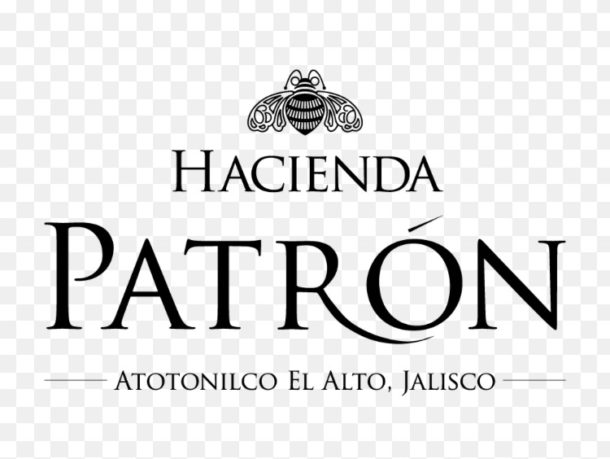
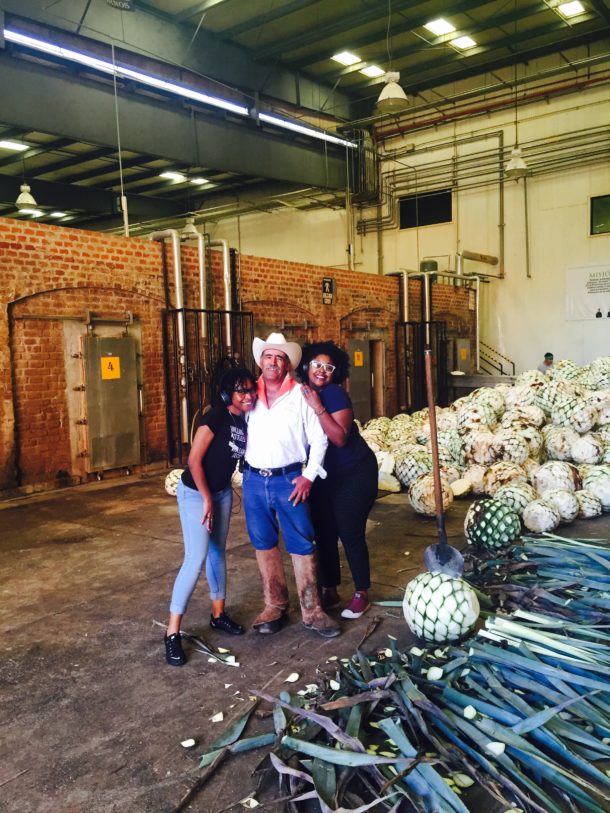
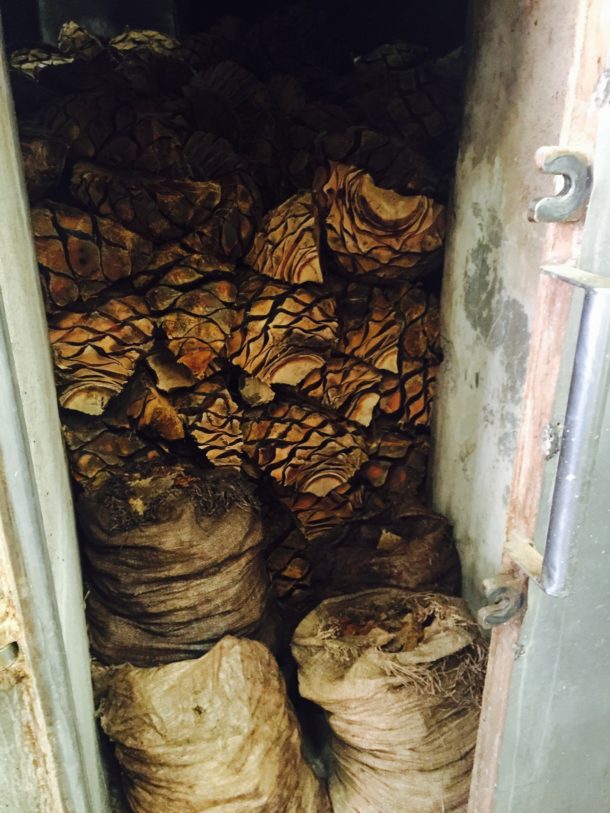
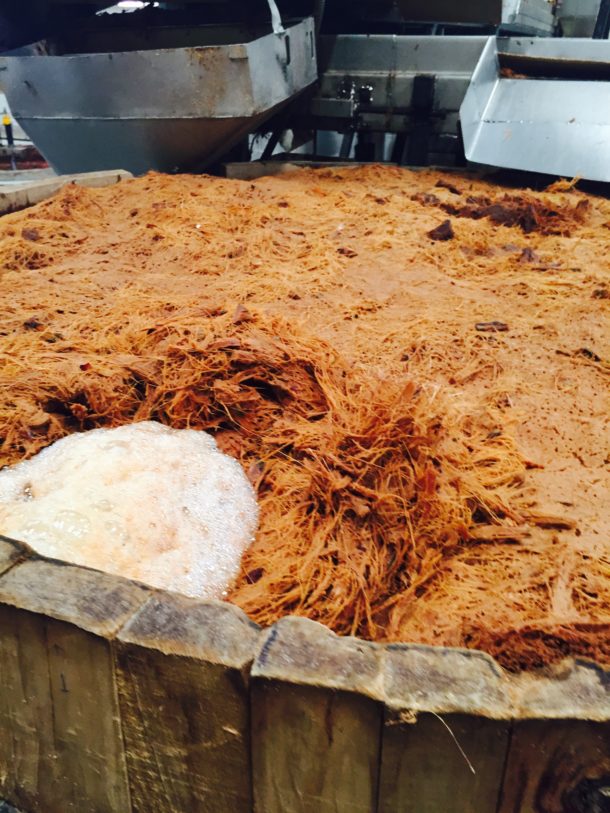
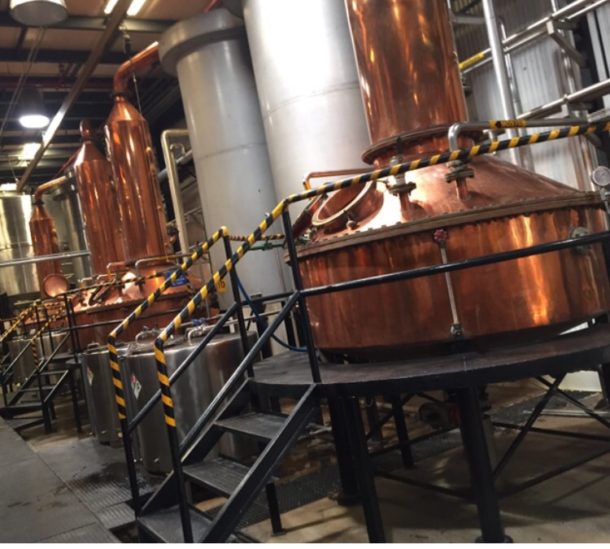
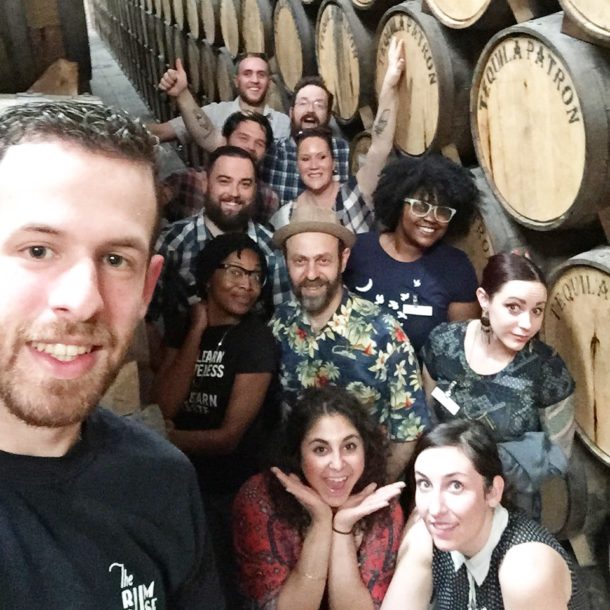
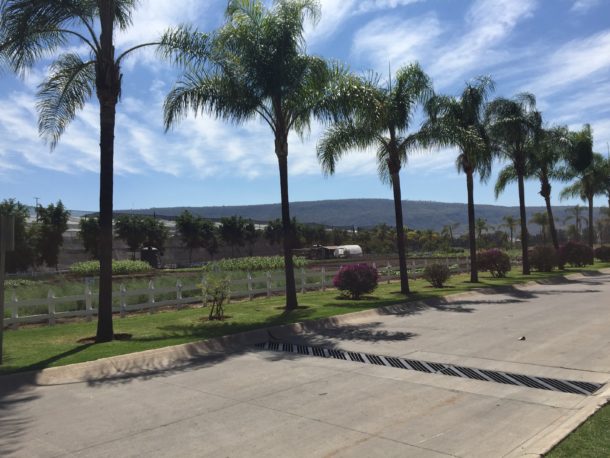


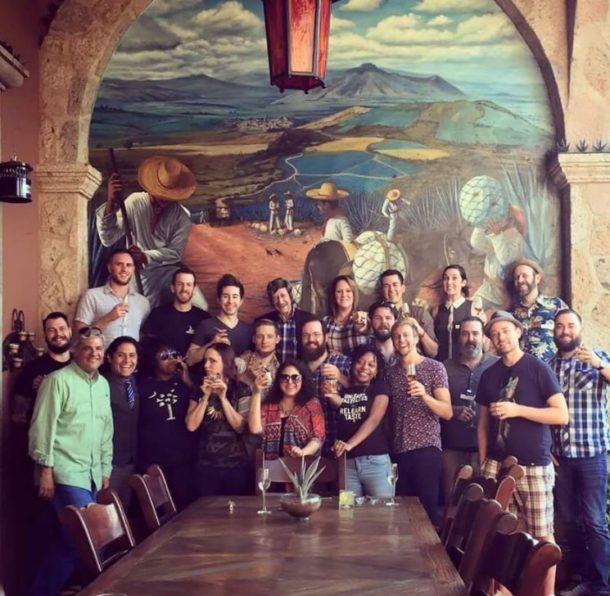
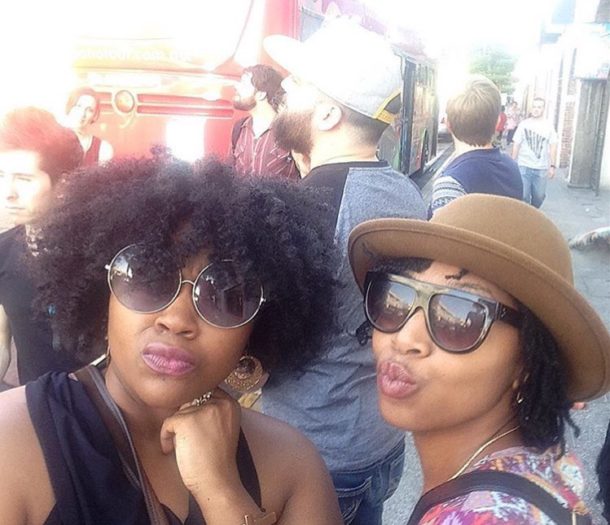





Leave a Reply